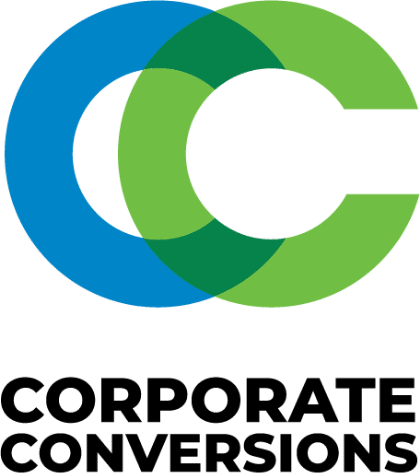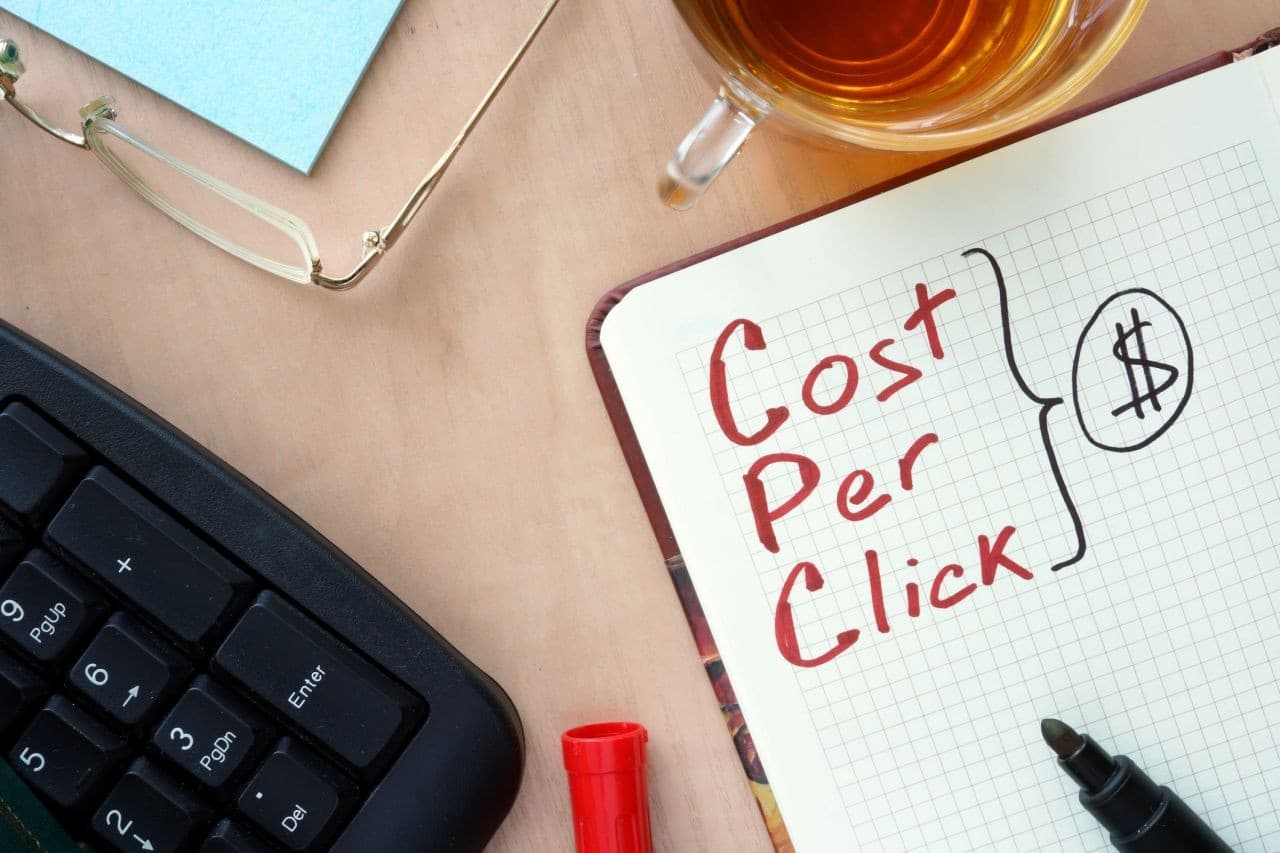If your company is new to online advertising, you may find that there are terms and strategies involved that can be confusing for the uninitiated. Here we will talk about three terms, PPC, CPM, and CPC, what they mean, how they differ from each other, and how advertisers use these concepts to create effective, successful PPC ad campaigns.
Several months ago, we gave some instructions on how to start this process by creating a google ads account. Once you have this account set up and are considering creating an advertising campaign, you may have questions about some terms, including PPC and CPC. PPC stands for “pay per click,” and CPC stands for “cost per click.” While these two terms are often used interchangeably there are small differences that sets them apart.
Pay Per Click (PPC)
Pay per click is an umbrella term which often refers to any form of online advertising. However, technically PPC describes the payment model where the advertiser pays an advertising platform whenever a user clicks on one of the ads. The cost of each click fluctuates every ad auction and is primarily calculated based on keyword bids, quality scores, and a few additional factors. The advertiser is only charged what is necessary to beat the ad ranked below it. Advertising platforms such as Google Ads, Facebook Ads and Microsoft Ads all utilized pay per click payment models.
Depending on the ad platform, PPC ads can appear in search results, websites, videos, and social media feeds. The most common targeting method to determine where ads will appear is through keywords. Advertisers find the most relevant terms to their products or services and place a bid, which is the most they are willing to pay for a click. Ad ranking is determined by the winners of this silent bidding war. Each search and ad view is a new bidding war and rankings can differ each time.
Cost-per-thousand Impressions (CPM)
An alternative to paying per click is paying per one thousand ad views. An impression is counted each time an ad appears on someone’s screen. This doesn’t guarantee that the ad will be seen by its intended audience. In some cases, only a section of the ad may be shown or the ad could even be lower on the page not having been seen by the user. How many times have you clicked on a web page and scrolled past ads without paying attention – or not made it to the bottom of a page where additional ads are displaying?
CPM, or cost per 1,000 impressions, is normally one of the bidding methods available for social media and display networks (website ads). It is most useful in branding campaigns where the purpose is more for the ad to be seen compared to generating clicks. Most often the advertiser is given the choice of which bidding model to utilize. CPM is used most often by large corporations for big branding campaigns. Google Display and Facebook do offer CPM advertising, but CPC is still the default.
Cost Per Click (CPC)
Cost per click is both the metric that measures the cost of an actual ad click and the name of a specific bidding model. Similar to PPC, CPC is often used to refer to online advertising, but usually only when talking about ads that use the CPC bidding model. One place this can be seen is in Google Analytics Source/Medium. Google Ads traffic shows up as “google / cpc” where “google” represents the traffic source and “cpc” represents that traffic medium. The multi-use of this term can certainly get confusing but contextual clues should make clear the intended definition.
Cost per Click as a Report Metric
When CPC shows up in ad reports it simply means the cost paid for an ad click. Due to competition for keywords among advertisers, varying fluctuations in search volume, and changeable user behavior, the cost of a click changes all of the time. Running ads for Halloween candy is going to be a lot more affordable in April than it is in October, for example. Since cost per click will vary per ad auction, this metric is often an average over the set reporting period.
Advertisers can’t know exactly how expensive each click will be. It can wildly different depending on the search term, browser cookies, whatever audiences the ads have been placed in, and dozens of other hidden factors. This is why platforms allow for budgets, both daily and monthly. Advertisers will set a daily ad budget to keep track of spending. They can still spend over that daily budget up to a certain percentage but never more than what that daily budget would come out to for their total monthly budget.
Manual CPC Bidding / Maximum CPC
While there are a variety of different ways to bid on keywords, Manual CPC bidding is one of the most commonly used by advertisers today. This provides the most control over ad costs but requires more monitoring compared to the other available models. Manual CPC bidding works by setting a Maximum CPC, or keyword bid, which is the most an advertising is willing to pay for a specific keyword click. Advertisers will often pay less than this amount, only getting charged what is required to beat the ad rank of the advertising competitor immediately below in the ad auction. The final amount charge is called the actual CPC.
The Perils of CPC
It’s important to have someone knowledgeable in PPC monitoring ad campaigns, especially with Google search as there are not many safeguards against overspending in place. If a celebrity decides to rant about the evils of “Halloween candy” unexpectedly one day, the cost per click of an ad with those keywords could spike. No advertiser wants to be left holding the bag for all of the unexpected (and unrelated) clicks in that kind of situation. An experienced manager can protect against this kind of situation with negative keywords, automatic scripts, using automated bidding strategies, and lower bids, but if someone isn’t watching it can eat through budget pretty quickly.
Do you still have questions about the difference between PPC or CPC? We at Corporate Conversions would be happy to talk to you about digital advertising and how we can create a strategy that will pull traffic to your site. Call Tom at 616-426-9303 to start that discussion.
Updated on 7/13/2020


